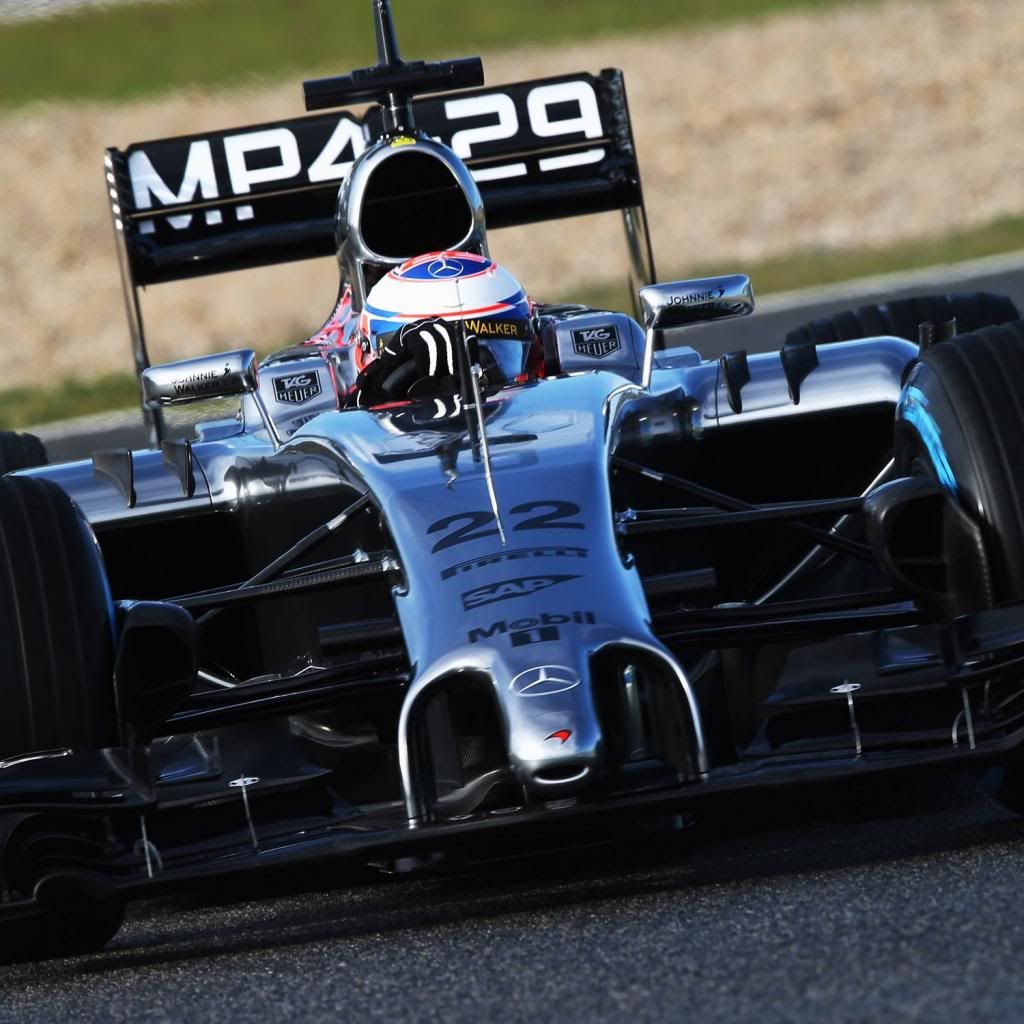Stradivarius wrote:My main objection is not that the tyres influence the competition. The problem is that today's lack of in-season testing and the non-representative conditions under pre-season testing, combined with Pirellis need to make changes to the tires each year, makes it impossible for the teams to determine the optimal design with respect to the tires. The result of this is that instead of rewarding the most skilled team of engineers, it is the most lucky team that gets an advantage because their car just happens to work well with the setup that is required to make the tyres work. Since no one knew what was required to make the tyres work before they had some experience under relevant conditions, they couldn't take the tyres fully into account when designing the car. Now we may see the teams trying to develop and adapt to the tyres, but many constraints have already been fixed.
I do agree about the in season testing and its disadvantages coupled with the pre-season testing done in non-representative temps however I have a slightly different opinion on this, I think it is actually great that Pirelli are changing the compounds every year because the compounds don't change for one team only they change for all the teams. This puts all the teams back at the start point for the tyres. The teams have all been given the same chance to sample this years compounds last year in Brasil and most gave it positive ratings last year. Armed with that knowledge and the 60% models supplied by pirelli the teams design/build a car. Last year towards the end of the year Pirelli got conservative with there tyre choices and we seen the more durable tyres being brought to the races and coupled with the in-season learning and developement we seen a one team run away with victories and very little startegy involved, even though they were challenged I feel the challenge wasn't strong enough. Now that the tyres for this year is new and some teams did a better job than others, it seems that the better skilled team of engineers are getting just reward. Luck will always be a part of F1 and looking at tyres only as not allowing the best skilled team of engineers to get rewarded is simplistic. Many factors contribute to a teams sucess and it is not "the most lucky team that gets an advantage because their car just happens to work well with the setup that is required to make the tyres work." because a team designs a car to given set of constraints. They either design it taking the right set of constrains into account or they design it taking some of the wrong set of contraints into account, they don't luck into a design, I don't believe that. What I think would be unfair is if Pirelli decide to change compaounds and go harder/more conservative bucking to pressure by some teams, than that would be unfair as it would serve those teams best interests as they may have not done the best job, and disadvantage the teams who have done the best job up till now. Remember it is in, the teams that are calling for a change, best interests to utterly dominate the sport have no given care that the racing turns processional as they would win everything. But what would be fair is Pirelli reviewing the compounds and making some slight adjutments to the compounds/design/ construction on the grounds of safety. There would still be some disadvantage issues with this as well but on the whole I think so long as the fundemental characteristics of the tyre are not altered significantly than no - one can really cry foul.


